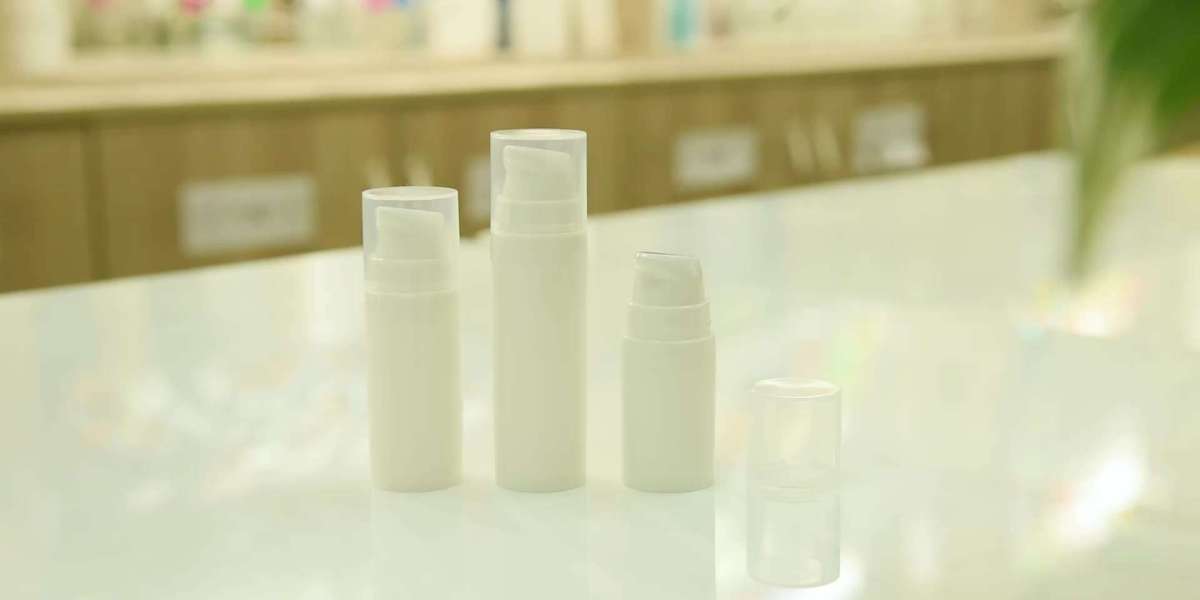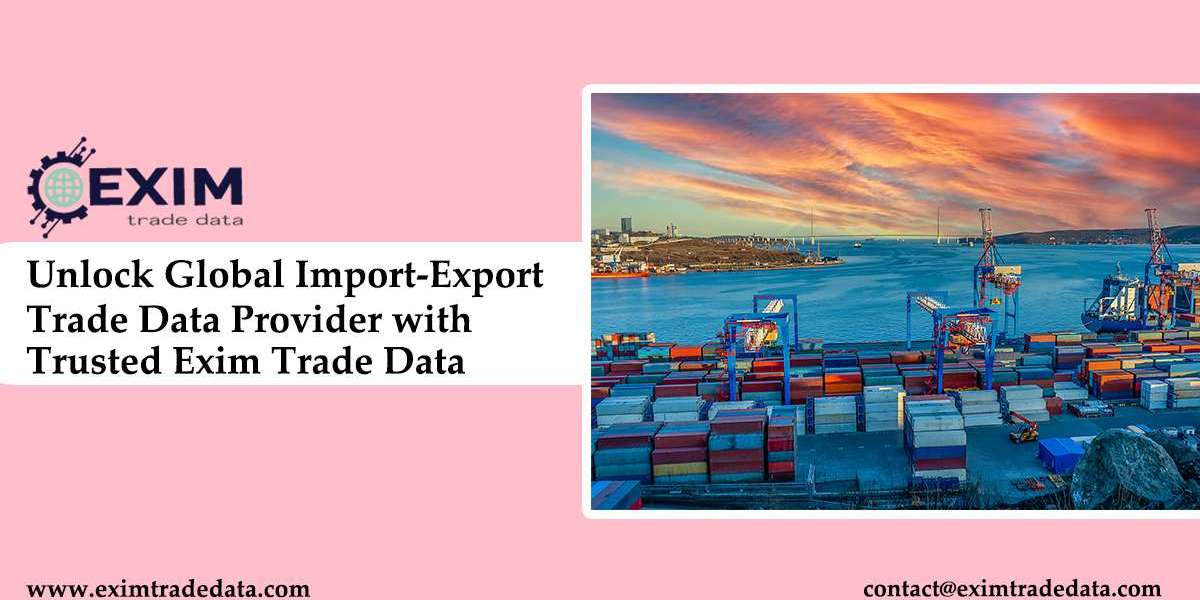The PCR bottles market is at the forefront of sustainable packaging innovation, yet its growth trajectory is not without obstacles. Post-consumer recycled (PCR) bottles, made from recycled plastics, offer an environmentally responsible alternative to virgin plastic bottles. However, the journey toward widespread adoption is challenged by issues such as limited supply, fluctuating costs, inconsistent quality, and complex regulatory requirements. Understanding these growth barriers is essential for companies seeking to succeed in this evolving market.
Key Growth Challenges
Limited Supply of High-Quality PCR Materials
One of the most pressing growth challenges is the insufficient availability of high-quality PCR materials. While recycling rates are improving, collection systems and processing infrastructure in many regions are still underdeveloped. This shortage not only constrains production capacity but also drives competition among manufacturers for limited resources.
High Production Costs
Producing PCR bottles typically incurs higher costs than manufacturing virgin plastic bottles. This is largely due to the specialized sorting, cleaning, and processing required to transform used plastics into food-grade or industry-compliant materials. Smaller brands, in particular, may find these costs prohibitive, slowing adoption.
Quality and Consistency Issues
Maintaining consistent quality across PCR bottle production remains a hurdle. The performance of PCR materials can vary based on the source and recycling method, impacting product clarity, durability, and safety. For industries like beverages and pharmaceuticals, where quality standards are strict, these inconsistencies can delay large-scale adoption.
Regulatory Complexity
Different regions have distinct rules regarding recycled content requirements, safety standards, and labeling. This patchwork of regulations complicates production for multinational companies, which must adapt their manufacturing processes and supply chains to meet multiple compliance criteria.
Market-Specific Challenges Across Industries
Beverages
The beverage industry faces challenges in balancing sustainability goals with maintaining brand image and packaging functionality. Clear and aesthetically appealing bottles, which consumers often associate with product quality, can be harder to achieve with PCR materials.
Personal Care and Cosmetics
Personal care brands encounter challenges in matching luxury packaging aesthetics while incorporating high PCR content. Premium packaging often demands flawless finish and texture, which can be difficult to achieve consistently with recycled materials.
Pharmaceutical and Healthcare
Due to stringent regulations and safety standards, the pharmaceutical industry faces additional hurdles in adopting PCR bottles. Ensuring that recycled materials meet medical-grade standards requires advanced processing techniques, which are still costly and not widely available.
Household Products
For household and cleaning products, cost sensitivity among consumers can slow the adoption of PCR bottles. While sustainability is valued, price remains a decisive factor in purchasing decisions, particularly in emerging markets.
Strategies to Overcome Growth Challenges
Investment in Recycling Infrastructure
Governments and private investors are accelerating investments in advanced recycling facilities to increase both the quantity and quality of PCR materials. Modernizing infrastructure can help bridge the gap between demand and supply.
Technological Innovation
Advances in chemical recycling, sorting technologies, and material enhancement are improving the quality and performance of PCR bottles. Such innovations can help meet stringent industry requirements while reducing the cost differential with virgin plastics.
Collaborative Supply Chain Models
Partnerships between brands, recyclers, and material suppliers are emerging as a way to secure stable, high-quality PCR material supplies. These collaborations also promote knowledge sharing and foster industry-wide standards.
Consumer Education and Engagement
Educating consumers about the benefits of PCR bottles can create stronger demand, encouraging brands to invest more in sustainable packaging despite higher costs. Take-back programs and recycling incentives can also enhance material recovery rates.
Regional Insights
North America
In North America, investments in recycling innovation are helping to address supply and quality challenges, although cost remains a barrier for smaller companies.
Europe
Europe’s strong regulatory framework and advanced recycling infrastructure give it a competitive advantage, but competition for top-quality PCR materials is still intense.
Asia-Pacific
In Asia-Pacific, rapid demand growth is outpacing recycling capacity in many countries, creating supply bottlenecks. Government-backed initiatives are working to close this gap.
Future Outlook
Overcoming growth challenges in the PCR bottles market will require a multi-pronged approach involving technology, policy, and consumer engagement. As recycling infrastructure expands and quality improves, the cost gap between PCR and virgin plastic bottles is expected to narrow, making adoption more feasible across industries.
Conclusion
While the PCR bottles market is poised for significant growth, overcoming current challenges is essential to unlock its full potential. Addressing supply shortages, cost concerns, quality issues, and regulatory complexities will not only accelerate adoption but also solidify PCR bottles’ role as a cornerstone of sustainable packaging worldwide.



